
Paapmochani Ekadashi
The Ekadashi of Chaitra Krishna Pakchya is called the Paapmochani Ekadashi. In holy scriptures, it is stated that Lord Krishna to calm Yudhishthira’s curiosity told the importance of the fasting on this Ekadashi quoting the conversation between the king Mandhata and Sage Lomus.
चैत्रमासस्यासिते पक्षे नाम्ना वै पापमोचनी
एकादशी समाख्याता पिशाचत्वविनाशिनी।।
Papmochani Ekadashi Context
Once upon a time, a beautiful and delightful forest in the paradise called Chaitrarath was getting more delightful from the arrival of the Spring season. There lord Indra and his subjects used to come to play with celestial Nymphs, whereas the Gandharva fairies and the Kinnara (kinnara is a paradigmatic lover), used to be busy dancing. With all kinds of facilities and virtues available, many sages were also tempted to perform penance/ meditation in the Divine Chaitrarath forest.
The sage named Medhavi was also doing meditation in this forest for a long time. The name of his ashram was, Bhayada. One day a celestial nymph named Manjughosha saw a very beautiful brilliant sage performing asceticism at his ashram. The nymph, who was blinded by sensual pleasure, began to dance around the sage presenting sensual gestures dressed up in sensual costumes. Because of the cosmetic smells, feminine voice, crystal bangles and chimes of Nupur (ornament for the feet), etc Muniraj Medhavi also was fascinated to see Manjunghosa. Manjughosa saw the talented sage looking like a Kamdev (god of love) and hugged his body. The sage too was very much fascinated. Both were unconscious because of lust.
तस्मिन्नेव वनोद्देशे दृष्ट्वा तद्देहमुत्तमम्।
शिवतत्त्वं स विस्मृत्य कामतत्त्ववशं गतम्।।
Like this, sage Medhavi thus spent many years after falling in love with Manjhugosha but forgetting Shiva tattva. For years, they had no idea they were in control of Kamdev. Thus after a long time, one-day Manjughosha asked for leave to return to her field of work. But the sage told her, you just came yesterday, why are you eager to go away so soon and stopped her from leaving. Because of the possibility of a curse from the sage, she was not able to go. After a time being, she again asked to leave but the sage did not give her permission. Manjudhosa repeatedly pleaded, but Rishi refused to let go of her.
One day Manjughosha dared to say goodbye again. She told the sage, “O Munnivar, you have spent 57 years, 9 months with me having fun”. How long has your religious time been lost? Please do have a look of the past.” She tried to remind the Sage. But, he became angry and cursed the celestial nymph,
कालरूपां च तां दृष्ट्वा तपसः क्षयकारिणिम्।
तां शशाप चद्ध मेधावी त्वं पिशाची भवेति हि।।
Manjughosha, who had been cursed to be in a vampire form, modestly requested to the saint how to get rid of that curse. She said, ‘O Munnivar, the fruit of the gentleman’s association is virtuous, which is not lost”. So please tell me how to get rid of this vampire state.
Then the wise sage said:
चैत्रस्य कृष्णपक्षे या भवेदेकादशी शुभा।
पापमोचनिका नाम सर्वपापक्षयंकरी।।
तस्या व्रत कृते शुभ्रु पिशाचित्वं प्रयास्यति।।
‘The Ekadashi of Chaitra Krishna Pachya is famous as Papamochani Ekadashi. If you worship Ekadashi that day, all sins will be destroyed and you will be saved from the vampire state too.’ After Rishi told her so Manjughosha followed the word of Rishi. Meghavi rishi, the sage too went to the ashram of his father Chyawan Rishi. Medhavi asked for atonement, telling his all-knowing father Chyawan Rishi all the facts.
Then, forgiving his son, Chyawan Rishi said:-
चैत्रस्य चासिते पक्षे नाम्ना वै पापमोचनी।
अस्या व्रते कृते पुत्रः पापराशिः क्षयं व्रजेत्।।
After knowing that Ekadashi fasting from his father that all sinful profanity would be erased and for atonement from the sinful profanity, the meritorious sage did perform the worshipping and fasting of this Ekadashi. Likewise, Majughosa, the celestial nymph too after observing the Papmochani Ekadashi fasting, worshipping got rid of the curse of the sage reinstated to her state of divine celestial nymph and went back to paradise.
Referring to these incidents, Lomas Rishi explained to Mandhata the importance of the virtuous Ekadashi fast. According to the Scriptures, It is said that observing of this Ekadashi eliminates all kinds of sins, reading/hearing Importance of this Ekadashi also yields merit and fruits of donating 1000 cows.
The Ekadashi fast consists of three main acts – fasting, worshipping and obeying the rules. The adorable Lord of all Ekadashi is Shri Hari Vishnu.
Those taking the vows of Ekadashi will only feed once on the tenth day and on the day of the Ekadashi after an early bath one should start the fasting with determination. During fasting, special reverence of the worshiping deity should be performed. During this day, one should also listen to the great story of the importance of Ekadashi fast. This day one should be concentrated on the devotion of God. If health does not permit to starve in the fasting, then fasting can be done by eating the foods prescribed by the law in the scriptures, but the vows should not be abandoned.
नक्तं हविष्यान्नमनौदनं वा फलं तिलाक्षीरमथाम्बु चाज्यम्।
यत्पञ्चगव्यं यदि वापि वायुः प्रशस्तमत्रोत्तरमुत्तरं च।
इति पक्षेषु शक्तितारतम्येतैकपक्षाश्रयणं न त्वेकाशीत्यागः।।
That is:- if it is possible one should fast for Ekadashi day and night. If not possible, eat fruit at night or Habisyanna (Food fit to be eaten during certain festival days). Fruits, Sesame, Milk, Water, Ghee and Pancha Gabbya (5 products of cows) can be consumed during the fasting of Papmochani Ekadashi. But, Ekadashi fast should not be missed.
Complete fasting in Ekadashi is considered to be a great sign and merit. The air intake is less intense than fasting, Pancha gabbya is less meritious after Pancha Gabbya (5 products of cows) consumption of ghee, water, milk, sesame, fruit, Habisyanna (Food fit to be eaten during certain festival days) and plain bread at night respectively are considered inferior symptoms for the Ekadashi fasting. The latter products are specifically designed for those with poor health. To Read this article in the Nepali Language please click here.
Related Posts
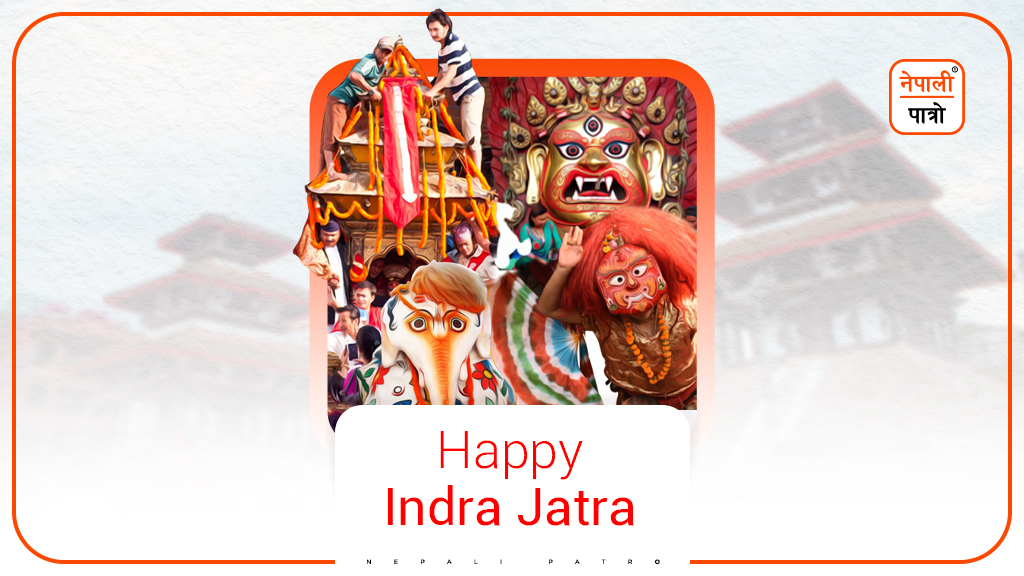 array(1) {
[0]=>
object(WP_Term)#1892 (16) {
["term_id"]=>
int(383)
["name"]=>
string(9) "Festivals"
["slug"]=>
string(12) "festivals-en"
["term_group"]=>
int(0)
["term_taxonomy_id"]=>
int(383)
["taxonomy"]=>
string(8) "category"
["description"]=>
string(440) "Festivals are celebrated on special days and dates by people of different castes and communities celebrating and worshiping different deities by having a feast etc. Melapat (social gathering), means trips, and festivals that bring people together. Jatra usually means the festival of god or goddess like Rath Yatra, Khat Yatra etc. Likewise, traditions refer to different Rituals, practises, and traditions that have long been practiced."
["parent"]=>
int(0)
["count"]=>
int(94)
["filter"]=>
string(3) "raw"
["cat_ID"]=>
int(383)
["category_count"]=>
int(94)
["category_description"]=>
string(440) "Festivals are celebrated on special days and dates by people of different castes and communities celebrating and worshiping different deities by having a feast etc. Melapat (social gathering), means trips, and festivals that bring people together. Jatra usually means the festival of god or goddess like Rath Yatra, Khat Yatra etc. Likewise, traditions refer to different Rituals, practises, and traditions that have long been practiced."
["cat_name"]=>
string(9) "Festivals"
["category_nicename"]=>
string(12) "festivals-en"
["category_parent"]=>
int(0)
}
}
festivals-en
Festivals
array(1) {
[0]=>
object(WP_Term)#1892 (16) {
["term_id"]=>
int(383)
["name"]=>
string(9) "Festivals"
["slug"]=>
string(12) "festivals-en"
["term_group"]=>
int(0)
["term_taxonomy_id"]=>
int(383)
["taxonomy"]=>
string(8) "category"
["description"]=>
string(440) "Festivals are celebrated on special days and dates by people of different castes and communities celebrating and worshiping different deities by having a feast etc. Melapat (social gathering), means trips, and festivals that bring people together. Jatra usually means the festival of god or goddess like Rath Yatra, Khat Yatra etc. Likewise, traditions refer to different Rituals, practises, and traditions that have long been practiced."
["parent"]=>
int(0)
["count"]=>
int(94)
["filter"]=>
string(3) "raw"
["cat_ID"]=>
int(383)
["category_count"]=>
int(94)
["category_description"]=>
string(440) "Festivals are celebrated on special days and dates by people of different castes and communities celebrating and worshiping different deities by having a feast etc. Melapat (social gathering), means trips, and festivals that bring people together. Jatra usually means the festival of god or goddess like Rath Yatra, Khat Yatra etc. Likewise, traditions refer to different Rituals, practises, and traditions that have long been practiced."
["cat_name"]=>
string(9) "Festivals"
["category_nicename"]=>
string(12) "festivals-en"
["category_parent"]=>
int(0)
}
}
festivals-en
Festivals
Indra Jatra
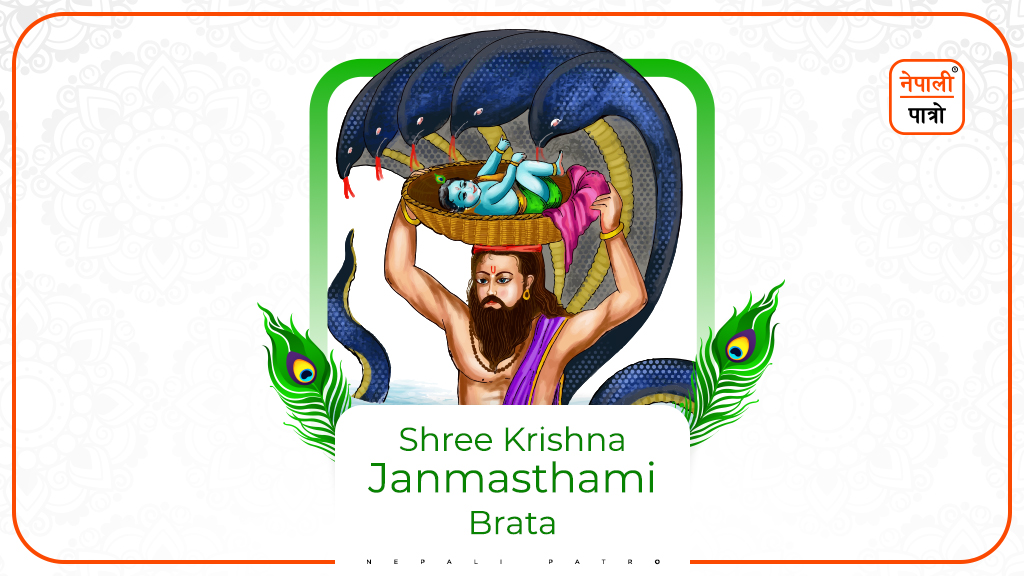 array(1) {
[0]=>
object(WP_Term)#1973 (16) {
["term_id"]=>
int(383)
["name"]=>
string(9) "Festivals"
["slug"]=>
string(12) "festivals-en"
["term_group"]=>
int(0)
["term_taxonomy_id"]=>
int(383)
["taxonomy"]=>
string(8) "category"
["description"]=>
string(440) "Festivals are celebrated on special days and dates by people of different castes and communities celebrating and worshiping different deities by having a feast etc. Melapat (social gathering), means trips, and festivals that bring people together. Jatra usually means the festival of god or goddess like Rath Yatra, Khat Yatra etc. Likewise, traditions refer to different Rituals, practises, and traditions that have long been practiced."
["parent"]=>
int(0)
["count"]=>
int(94)
["filter"]=>
string(3) "raw"
["cat_ID"]=>
int(383)
["category_count"]=>
int(94)
["category_description"]=>
string(440) "Festivals are celebrated on special days and dates by people of different castes and communities celebrating and worshiping different deities by having a feast etc. Melapat (social gathering), means trips, and festivals that bring people together. Jatra usually means the festival of god or goddess like Rath Yatra, Khat Yatra etc. Likewise, traditions refer to different Rituals, practises, and traditions that have long been practiced."
["cat_name"]=>
string(9) "Festivals"
["category_nicename"]=>
string(12) "festivals-en"
["category_parent"]=>
int(0)
}
}
festivals-en
Festivals
array(1) {
[0]=>
object(WP_Term)#1973 (16) {
["term_id"]=>
int(383)
["name"]=>
string(9) "Festivals"
["slug"]=>
string(12) "festivals-en"
["term_group"]=>
int(0)
["term_taxonomy_id"]=>
int(383)
["taxonomy"]=>
string(8) "category"
["description"]=>
string(440) "Festivals are celebrated on special days and dates by people of different castes and communities celebrating and worshiping different deities by having a feast etc. Melapat (social gathering), means trips, and festivals that bring people together. Jatra usually means the festival of god or goddess like Rath Yatra, Khat Yatra etc. Likewise, traditions refer to different Rituals, practises, and traditions that have long been practiced."
["parent"]=>
int(0)
["count"]=>
int(94)
["filter"]=>
string(3) "raw"
["cat_ID"]=>
int(383)
["category_count"]=>
int(94)
["category_description"]=>
string(440) "Festivals are celebrated on special days and dates by people of different castes and communities celebrating and worshiping different deities by having a feast etc. Melapat (social gathering), means trips, and festivals that bring people together. Jatra usually means the festival of god or goddess like Rath Yatra, Khat Yatra etc. Likewise, traditions refer to different Rituals, practises, and traditions that have long been practiced."
["cat_name"]=>
string(9) "Festivals"
["category_nicename"]=>
string(12) "festivals-en"
["category_parent"]=>
int(0)
}
}
festivals-en
Festivals
Shree Krishna Janmashtami
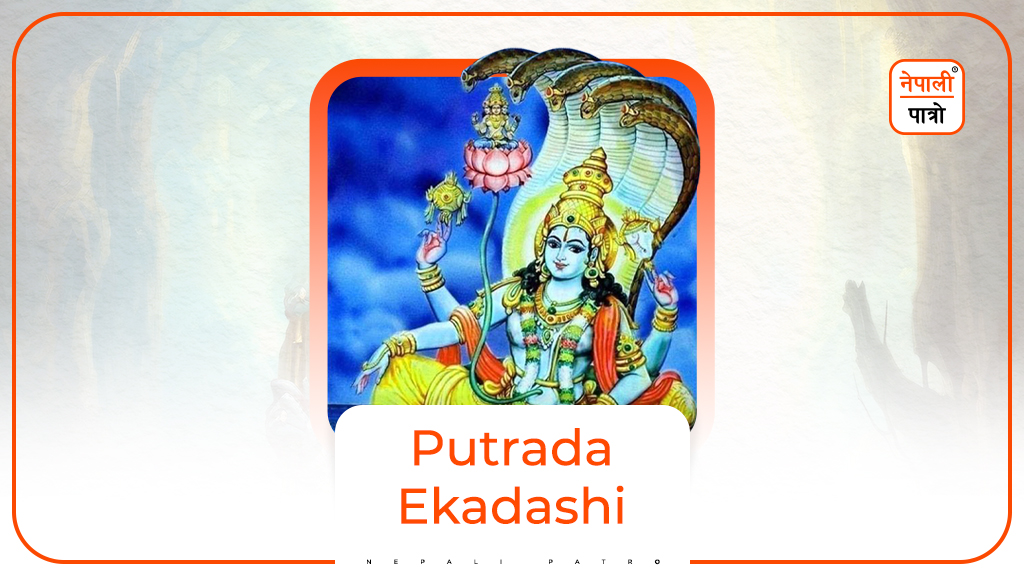 array(1) {
[0]=>
object(WP_Term)#1994 (16) {
["term_id"]=>
int(383)
["name"]=>
string(9) "Festivals"
["slug"]=>
string(12) "festivals-en"
["term_group"]=>
int(0)
["term_taxonomy_id"]=>
int(383)
["taxonomy"]=>
string(8) "category"
["description"]=>
string(440) "Festivals are celebrated on special days and dates by people of different castes and communities celebrating and worshiping different deities by having a feast etc. Melapat (social gathering), means trips, and festivals that bring people together. Jatra usually means the festival of god or goddess like Rath Yatra, Khat Yatra etc. Likewise, traditions refer to different Rituals, practises, and traditions that have long been practiced."
["parent"]=>
int(0)
["count"]=>
int(94)
["filter"]=>
string(3) "raw"
["cat_ID"]=>
int(383)
["category_count"]=>
int(94)
["category_description"]=>
string(440) "Festivals are celebrated on special days and dates by people of different castes and communities celebrating and worshiping different deities by having a feast etc. Melapat (social gathering), means trips, and festivals that bring people together. Jatra usually means the festival of god or goddess like Rath Yatra, Khat Yatra etc. Likewise, traditions refer to different Rituals, practises, and traditions that have long been practiced."
["cat_name"]=>
string(9) "Festivals"
["category_nicename"]=>
string(12) "festivals-en"
["category_parent"]=>
int(0)
}
}
festivals-en
Festivals
array(1) {
[0]=>
object(WP_Term)#1994 (16) {
["term_id"]=>
int(383)
["name"]=>
string(9) "Festivals"
["slug"]=>
string(12) "festivals-en"
["term_group"]=>
int(0)
["term_taxonomy_id"]=>
int(383)
["taxonomy"]=>
string(8) "category"
["description"]=>
string(440) "Festivals are celebrated on special days and dates by people of different castes and communities celebrating and worshiping different deities by having a feast etc. Melapat (social gathering), means trips, and festivals that bring people together. Jatra usually means the festival of god or goddess like Rath Yatra, Khat Yatra etc. Likewise, traditions refer to different Rituals, practises, and traditions that have long been practiced."
["parent"]=>
int(0)
["count"]=>
int(94)
["filter"]=>
string(3) "raw"
["cat_ID"]=>
int(383)
["category_count"]=>
int(94)
["category_description"]=>
string(440) "Festivals are celebrated on special days and dates by people of different castes and communities celebrating and worshiping different deities by having a feast etc. Melapat (social gathering), means trips, and festivals that bring people together. Jatra usually means the festival of god or goddess like Rath Yatra, Khat Yatra etc. Likewise, traditions refer to different Rituals, practises, and traditions that have long been practiced."
["cat_name"]=>
string(9) "Festivals"
["category_nicename"]=>
string(12) "festivals-en"
["category_parent"]=>
int(0)
}
}
festivals-en
Festivals
Shrawan Shukla Putrada Ekadashi
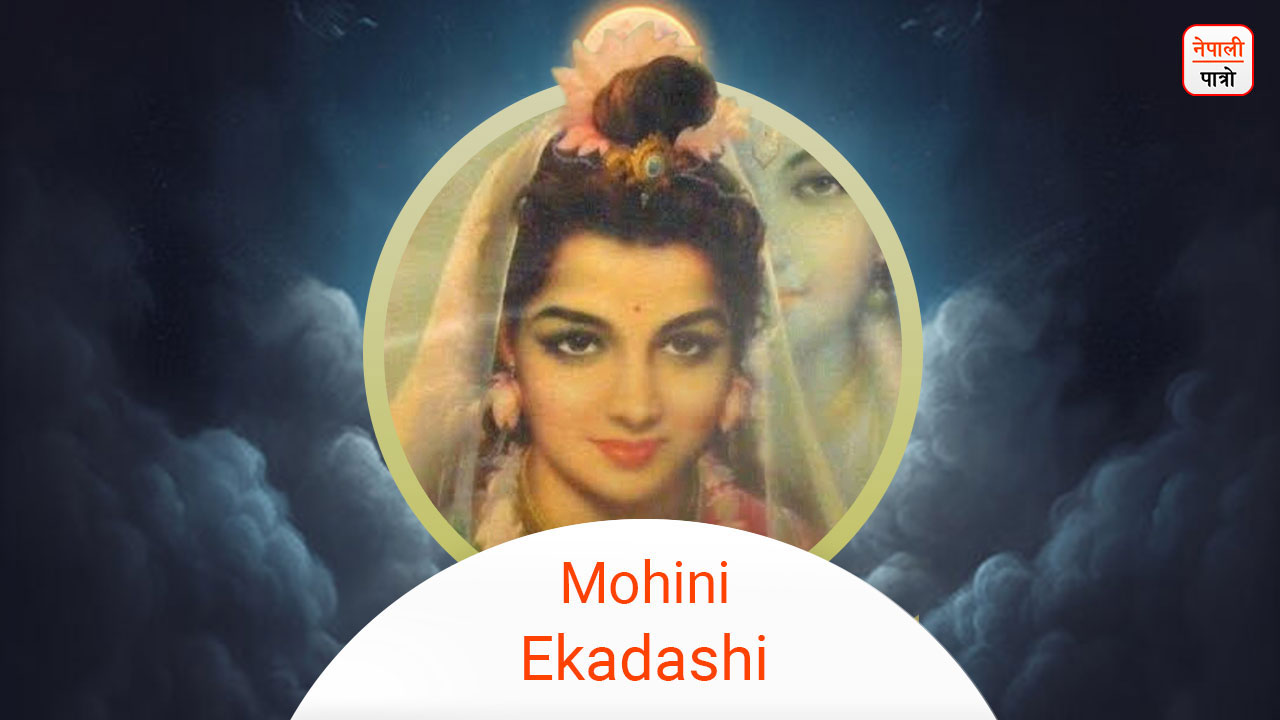 array(1) {
[0]=>
object(WP_Term)#1950 (16) {
["term_id"]=>
int(383)
["name"]=>
string(9) "Festivals"
["slug"]=>
string(12) "festivals-en"
["term_group"]=>
int(0)
["term_taxonomy_id"]=>
int(383)
["taxonomy"]=>
string(8) "category"
["description"]=>
string(440) "Festivals are celebrated on special days and dates by people of different castes and communities celebrating and worshiping different deities by having a feast etc. Melapat (social gathering), means trips, and festivals that bring people together. Jatra usually means the festival of god or goddess like Rath Yatra, Khat Yatra etc. Likewise, traditions refer to different Rituals, practises, and traditions that have long been practiced."
["parent"]=>
int(0)
["count"]=>
int(94)
["filter"]=>
string(3) "raw"
["cat_ID"]=>
int(383)
["category_count"]=>
int(94)
["category_description"]=>
string(440) "Festivals are celebrated on special days and dates by people of different castes and communities celebrating and worshiping different deities by having a feast etc. Melapat (social gathering), means trips, and festivals that bring people together. Jatra usually means the festival of god or goddess like Rath Yatra, Khat Yatra etc. Likewise, traditions refer to different Rituals, practises, and traditions that have long been practiced."
["cat_name"]=>
string(9) "Festivals"
["category_nicename"]=>
string(12) "festivals-en"
["category_parent"]=>
int(0)
}
}
festivals-en
Festivals
array(1) {
[0]=>
object(WP_Term)#1950 (16) {
["term_id"]=>
int(383)
["name"]=>
string(9) "Festivals"
["slug"]=>
string(12) "festivals-en"
["term_group"]=>
int(0)
["term_taxonomy_id"]=>
int(383)
["taxonomy"]=>
string(8) "category"
["description"]=>
string(440) "Festivals are celebrated on special days and dates by people of different castes and communities celebrating and worshiping different deities by having a feast etc. Melapat (social gathering), means trips, and festivals that bring people together. Jatra usually means the festival of god or goddess like Rath Yatra, Khat Yatra etc. Likewise, traditions refer to different Rituals, practises, and traditions that have long been practiced."
["parent"]=>
int(0)
["count"]=>
int(94)
["filter"]=>
string(3) "raw"
["cat_ID"]=>
int(383)
["category_count"]=>
int(94)
["category_description"]=>
string(440) "Festivals are celebrated on special days and dates by people of different castes and communities celebrating and worshiping different deities by having a feast etc. Melapat (social gathering), means trips, and festivals that bring people together. Jatra usually means the festival of god or goddess like Rath Yatra, Khat Yatra etc. Likewise, traditions refer to different Rituals, practises, and traditions that have long been practiced."
["cat_name"]=>
string(9) "Festivals"
["category_nicename"]=>
string(12) "festivals-en"
["category_parent"]=>
int(0)
}
}
festivals-en
Festivals
Mohini Ekadashi
 array(1) {
[0]=>
object(WP_Term)#1976 (16) {
["term_id"]=>
int(383)
["name"]=>
string(9) "Festivals"
["slug"]=>
string(12) "festivals-en"
["term_group"]=>
int(0)
["term_taxonomy_id"]=>
int(383)
["taxonomy"]=>
string(8) "category"
["description"]=>
string(440) "Festivals are celebrated on special days and dates by people of different castes and communities celebrating and worshiping different deities by having a feast etc. Melapat (social gathering), means trips, and festivals that bring people together. Jatra usually means the festival of god or goddess like Rath Yatra, Khat Yatra etc. Likewise, traditions refer to different Rituals, practises, and traditions that have long been practiced."
["parent"]=>
int(0)
["count"]=>
int(94)
["filter"]=>
string(3) "raw"
["cat_ID"]=>
int(383)
["category_count"]=>
int(94)
["category_description"]=>
string(440) "Festivals are celebrated on special days and dates by people of different castes and communities celebrating and worshiping different deities by having a feast etc. Melapat (social gathering), means trips, and festivals that bring people together. Jatra usually means the festival of god or goddess like Rath Yatra, Khat Yatra etc. Likewise, traditions refer to different Rituals, practises, and traditions that have long been practiced."
["cat_name"]=>
string(9) "Festivals"
["category_nicename"]=>
string(12) "festivals-en"
["category_parent"]=>
int(0)
}
}
festivals-en
Festivals
array(1) {
[0]=>
object(WP_Term)#1976 (16) {
["term_id"]=>
int(383)
["name"]=>
string(9) "Festivals"
["slug"]=>
string(12) "festivals-en"
["term_group"]=>
int(0)
["term_taxonomy_id"]=>
int(383)
["taxonomy"]=>
string(8) "category"
["description"]=>
string(440) "Festivals are celebrated on special days and dates by people of different castes and communities celebrating and worshiping different deities by having a feast etc. Melapat (social gathering), means trips, and festivals that bring people together. Jatra usually means the festival of god or goddess like Rath Yatra, Khat Yatra etc. Likewise, traditions refer to different Rituals, practises, and traditions that have long been practiced."
["parent"]=>
int(0)
["count"]=>
int(94)
["filter"]=>
string(3) "raw"
["cat_ID"]=>
int(383)
["category_count"]=>
int(94)
["category_description"]=>
string(440) "Festivals are celebrated on special days and dates by people of different castes and communities celebrating and worshiping different deities by having a feast etc. Melapat (social gathering), means trips, and festivals that bring people together. Jatra usually means the festival of god or goddess like Rath Yatra, Khat Yatra etc. Likewise, traditions refer to different Rituals, practises, and traditions that have long been practiced."
["cat_name"]=>
string(9) "Festivals"
["category_nicename"]=>
string(12) "festivals-en"
["category_parent"]=>
int(0)
}
}
festivals-en
Festivals
Fagu Purnima (Holi)
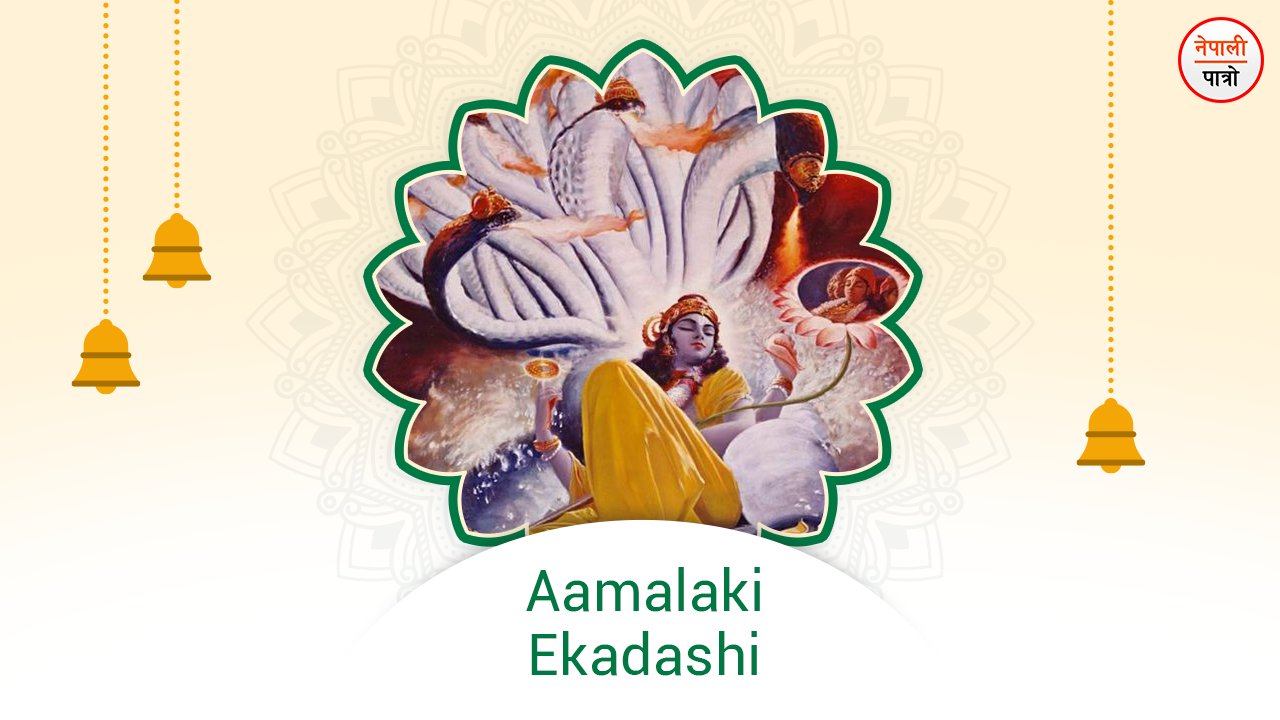 array(1) {
[0]=>
object(WP_Term)#1977 (16) {
["term_id"]=>
int(383)
["name"]=>
string(9) "Festivals"
["slug"]=>
string(12) "festivals-en"
["term_group"]=>
int(0)
["term_taxonomy_id"]=>
int(383)
["taxonomy"]=>
string(8) "category"
["description"]=>
string(440) "Festivals are celebrated on special days and dates by people of different castes and communities celebrating and worshiping different deities by having a feast etc. Melapat (social gathering), means trips, and festivals that bring people together. Jatra usually means the festival of god or goddess like Rath Yatra, Khat Yatra etc. Likewise, traditions refer to different Rituals, practises, and traditions that have long been practiced."
["parent"]=>
int(0)
["count"]=>
int(94)
["filter"]=>
string(3) "raw"
["cat_ID"]=>
int(383)
["category_count"]=>
int(94)
["category_description"]=>
string(440) "Festivals are celebrated on special days and dates by people of different castes and communities celebrating and worshiping different deities by having a feast etc. Melapat (social gathering), means trips, and festivals that bring people together. Jatra usually means the festival of god or goddess like Rath Yatra, Khat Yatra etc. Likewise, traditions refer to different Rituals, practises, and traditions that have long been practiced."
["cat_name"]=>
string(9) "Festivals"
["category_nicename"]=>
string(12) "festivals-en"
["category_parent"]=>
int(0)
}
}
festivals-en
Festivals
array(1) {
[0]=>
object(WP_Term)#1977 (16) {
["term_id"]=>
int(383)
["name"]=>
string(9) "Festivals"
["slug"]=>
string(12) "festivals-en"
["term_group"]=>
int(0)
["term_taxonomy_id"]=>
int(383)
["taxonomy"]=>
string(8) "category"
["description"]=>
string(440) "Festivals are celebrated on special days and dates by people of different castes and communities celebrating and worshiping different deities by having a feast etc. Melapat (social gathering), means trips, and festivals that bring people together. Jatra usually means the festival of god or goddess like Rath Yatra, Khat Yatra etc. Likewise, traditions refer to different Rituals, practises, and traditions that have long been practiced."
["parent"]=>
int(0)
["count"]=>
int(94)
["filter"]=>
string(3) "raw"
["cat_ID"]=>
int(383)
["category_count"]=>
int(94)
["category_description"]=>
string(440) "Festivals are celebrated on special days and dates by people of different castes and communities celebrating and worshiping different deities by having a feast etc. Melapat (social gathering), means trips, and festivals that bring people together. Jatra usually means the festival of god or goddess like Rath Yatra, Khat Yatra etc. Likewise, traditions refer to different Rituals, practises, and traditions that have long been practiced."
["cat_name"]=>
string(9) "Festivals"
["category_nicename"]=>
string(12) "festivals-en"
["category_parent"]=>
int(0)
}
}
festivals-en
Festivals